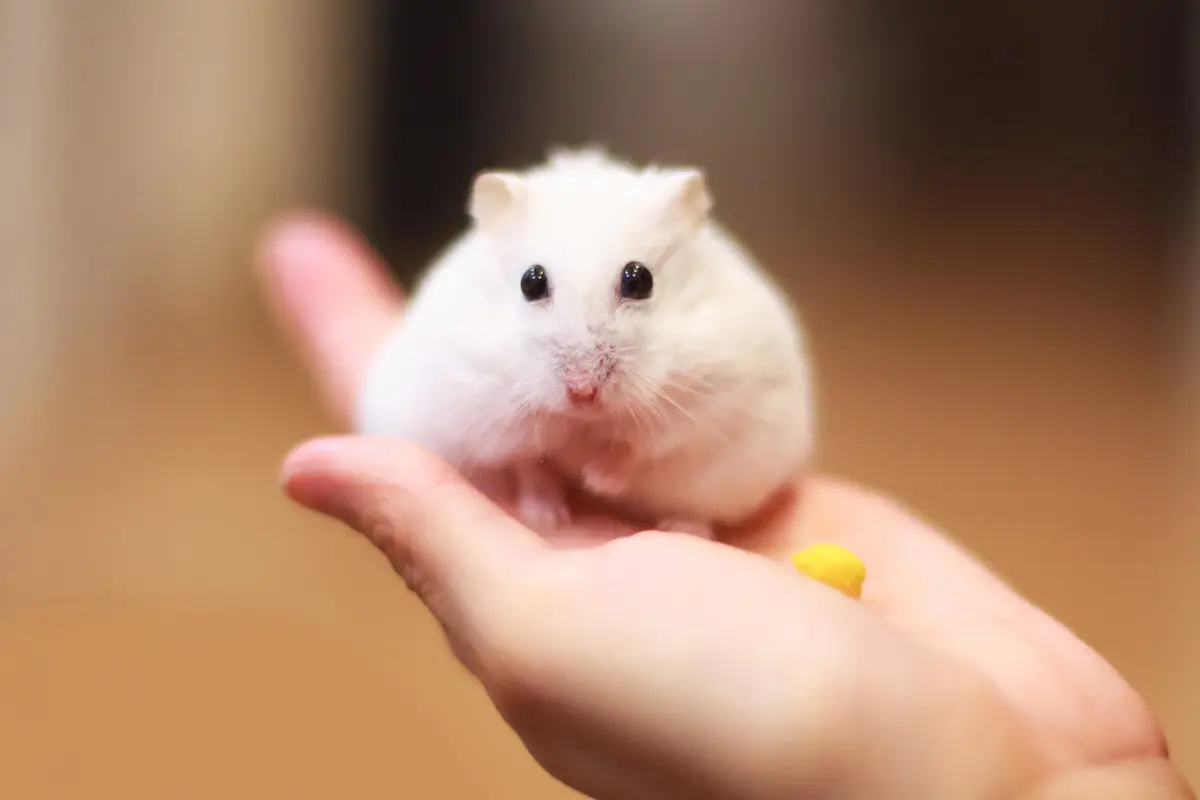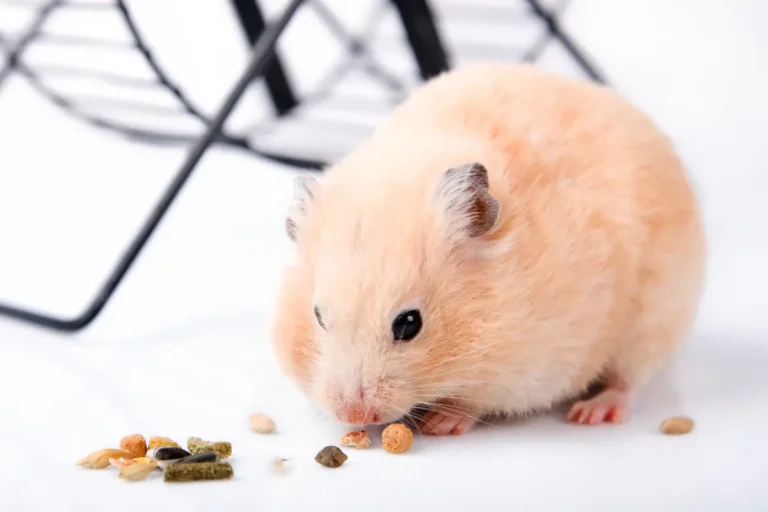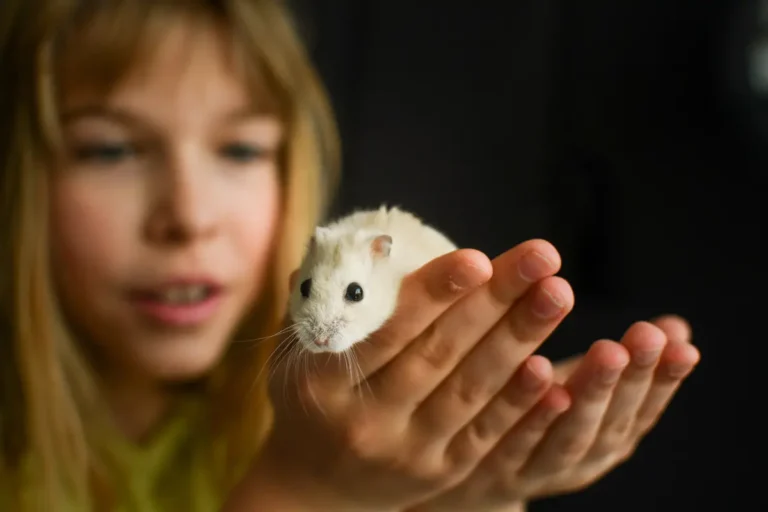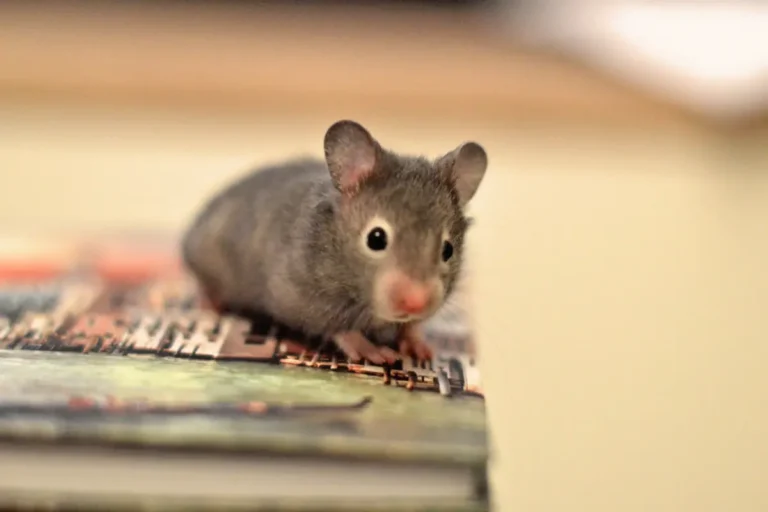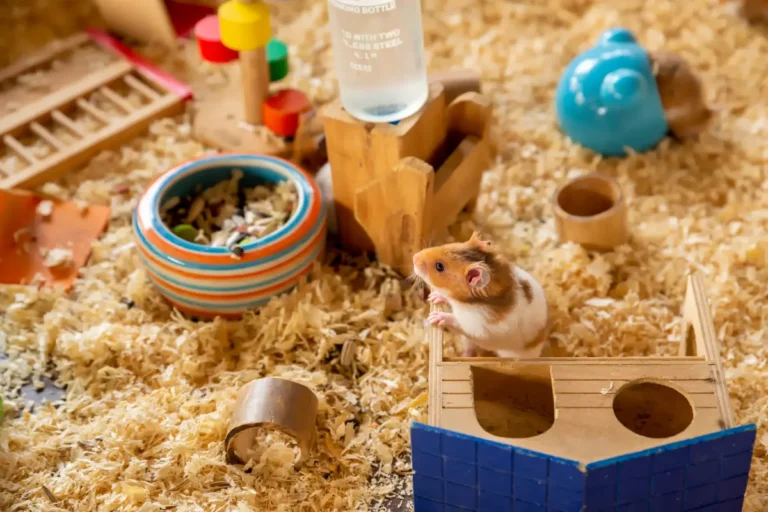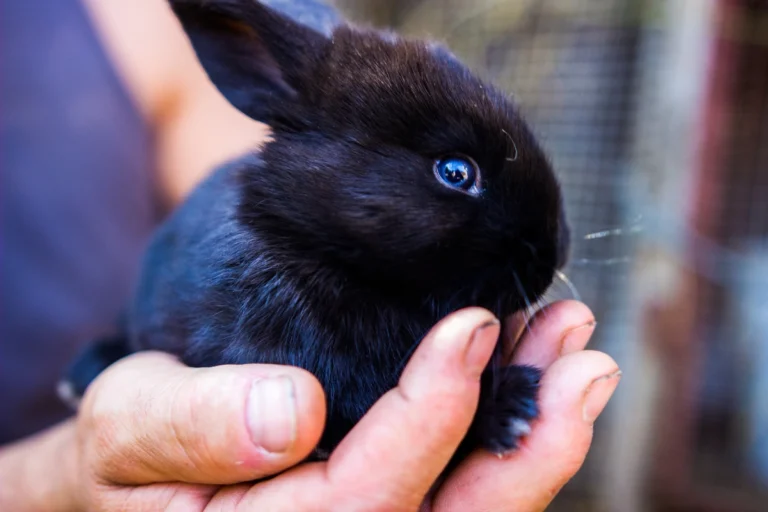5 Essential Tips for Holding a Dwarf Hamster Safely
Dwarf hamsters are popular pets due to their small size and energetic personalities, but they can be challenging to handle, especially for first-time hamster owners.
However, with the right techniques, patience, and understanding, you can learn to handle your dwarf hamster in a way that keeps them safe, comfortable, and calm.
Why Dwarf Hamsters Are More Challenging to Hold
The small size of dwarf hamsters, combined with their active nature, makes them more prone to darting away when handled.
Unlike Syrian hamsters, which are generally easier to manage due to their larger size and calmer demeanor, dwarf hamsters are much quicker and more likely to squirm or attempt to escape from your hands. Additionally, dwarf hamsters are more likely to resist being held or picked up, especially if they haven’t been properly socialized.
For these reasons, it’s important to be gentle, patient, and use techniques that minimize stress for your hamster.
Preparing for Handling
Before attempting to handle your hamster, it’s important to make sure both you and your hamster are ready:
- Wash Your Hands: Always wash your hands before handling your hamster. This removes any scents that might cause them to feel threatened and helps prevent the spread of any germs.
- Check Your Environment: Ensure the area is safe and free of distractions or dangers. A quiet, calm environment helps your hamster feel more secure.
- Observe Your Hamster’s Mood: Pay attention to your hamster’s body language. If they seem stressed, avoid picking them up and give them some time to settle down. Never force a hamster to be held if they seem agitated or frightened.
Practical Tips on Holding Dwarf Hamsters
Holding a dwarf hamster safely involves patience, consistency, and the use of techniques that help minimize stress for your pet.
1. Using a Container for Transport
If your hamster is nervous about being handled directly, using a container or familiar object can be an excellent way to help them feel secure.
- Step 1: Choose a Familiar Object – Use a clean mug, cup, or a cage accessory like a tube or hut. Make sure it’s large enough for the hamster to enter freely without feeling cramped.
- Step 2: Place the Object Inside the Enclosure – Gently introduce the object inside the hamster’s cage, allowing them to explore it at their own pace.
- Step 3: Lift and Transfer – Once the hamster enters the object, gently lift it and transfer them to a safe space, like a playpen, where they can move around.
This method works well for hamsters still getting used to human interaction. The familiar environment helps ease the transition to being handled and minimizes stress.
2. The Cupping Method
For hamsters that are already comfortable with handling, the cupping method is a simple yet effective way to provide a secure hold.
- Step 1: Prepare a Safe Surface – Place your hamster on a flat, safe surface, such as a bendable bridge or a surface they like.
- Step 2: Encourage Climbing – Gently lower your hand near them and let them climb onto it on their own. This gives them control over the interaction.
- Step 3: Cup the Hamster – Once your hamster is on your hand, gently cup them with your other hand, creating a secure space where they can’t jump out.
This method is great for holding your hamster securely while allowing them to feel like they’re in control of the situation. Over time, your hamster will get used to being carried and moved from one place to another.
3. Allowing Exploration on Your Hands
If your hamster is more curious and active, you can allow them to explore freely on your hands. This method can be a fun way for them to get comfortable with being handled.
- Step 1: Provide a Stable Platform – Place your hamster on your open hands, offering a steady, comfortable surface for them to move around on.
- Step 2: Encourage Movement – Gently move your hands in front of one another to encourage the hamster to walk from one hand to the other.
This method not only provides the hamster with a stable surface to explore but also lets them engage in their natural behavior while being closely supervised.
4. Using Treats to Encourage Calmness
If your hamster tends to squirm or get overly excited when handled, offering a treat can help calm them down and shift their focus.
- Step 1: Present the Treat – Hold a small treat in front of your hamster while you’re holding them. This will help keep their attention on the treat rather than on trying to escape.
- Step 2: Gradually Move Them – As your hamster enjoys the treat, you can slowly bring them closer to your body, ensuring they stay calm and relaxed.
Offering treats creates a positive association with handling, which can make your hamster more willing to be held in the future.
5. Bonding in the Bathtub
A confined, controlled environment like a bathtub can help you bond with your hamster, especially if they are still getting used to handling.
- Step 1: Ensure the Bathtub is Safe – Make sure the bathtub is dry and free of any water or hazards. The confined space will prevent your hamster from running away.
- Step 2: Transport Your Hamster – Gently place your hamster in the bathtub, using a cup or another method to transport them.
- Step 3: Practice Handling – Once inside the bathtub, you can practice cupping them, letting them explore your hands, or simply allowing them to roam within the safe, confined space.
This technique is ideal for hamsters that are still acclimating to handling, as it offers a controlled environment where they can’t escape easily, allowing for positive interactions.
Common Mistakes to Avoid
While holding a dwarf hamster, it’s important to avoid certain mistakes that could cause harm or stress:
- Rough Handling – Always be gentle when picking up or holding your hamster. Avoid grabbing or squeezing them, as this can cause injury or fear.
- Allowing Drops – Never hold your hamster too high or in a position where they could fall. Even a small fall can cause serious injury to a dwarf hamster.
- Ignoring Their Signals – If your hamster seems stressed, agitated, or uncomfortable, stop handling them immediately. It’s important to respect their boundaries.
- Overhandling – Hamsters need time to relax and adjust to handling. Avoid overwhelming them with too many interactions in a short period.
Building Trust with Your Hamster
Building trust with your hamster takes time and consistency. Allow your hamster to get used to your presence before attempting to pick them up. Speak softly and move slowly to avoid startling them.
Handle your hamster regularly but gently, gradually increasing the amount of time you spend with them. This helps your hamster get used to human interaction. Use treats and praise to reward your hamster when they behave calmly during handling. This creates a positive association with being held.
The more positive experiences your hamster has with you, the more comfortable they will become with being handled. Over time, your hamster will learn to trust you, and handling will become a smooth and enjoyable experience for both of you.
